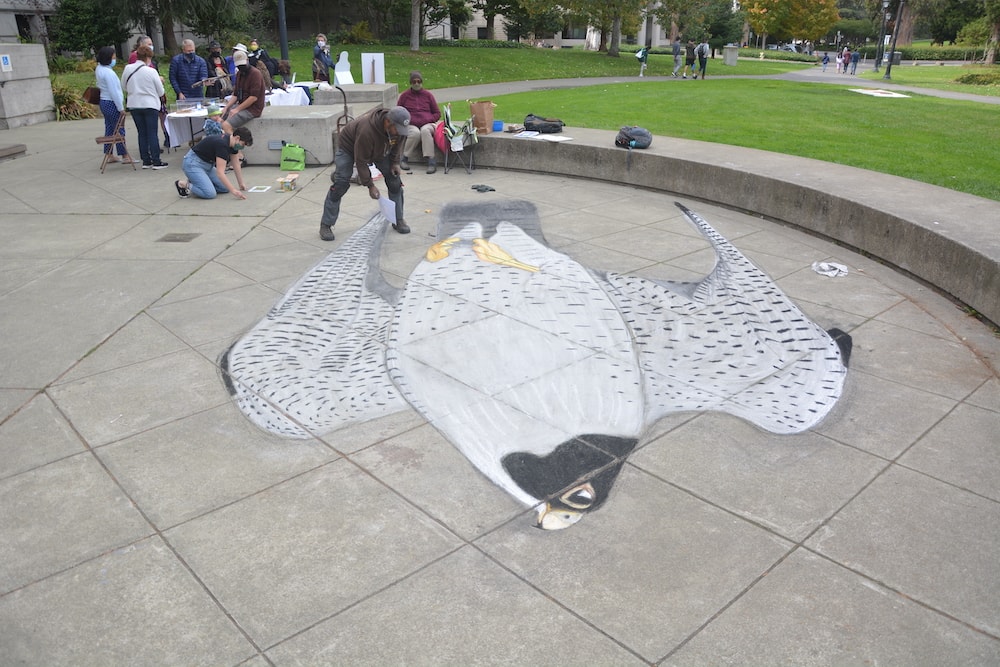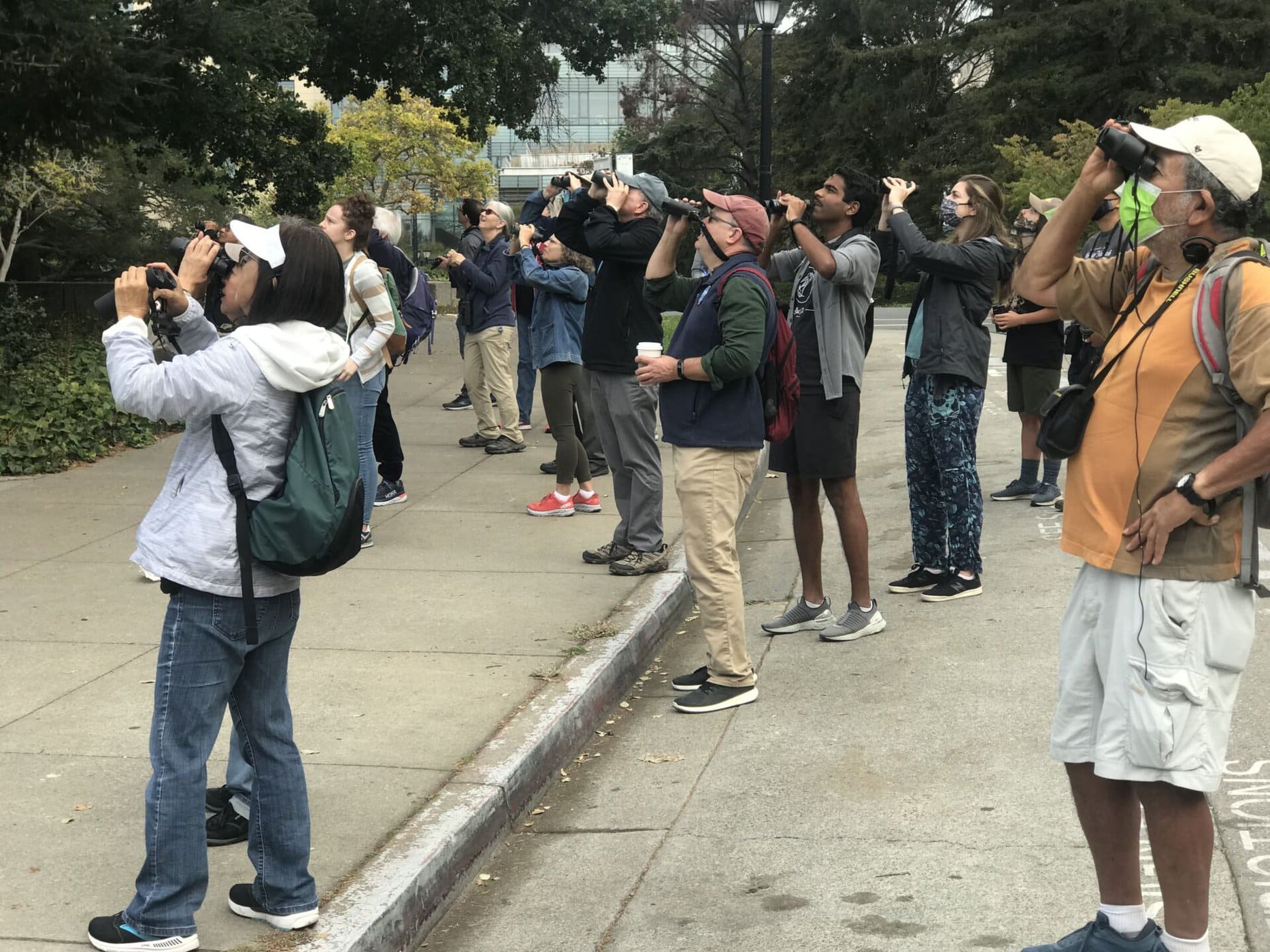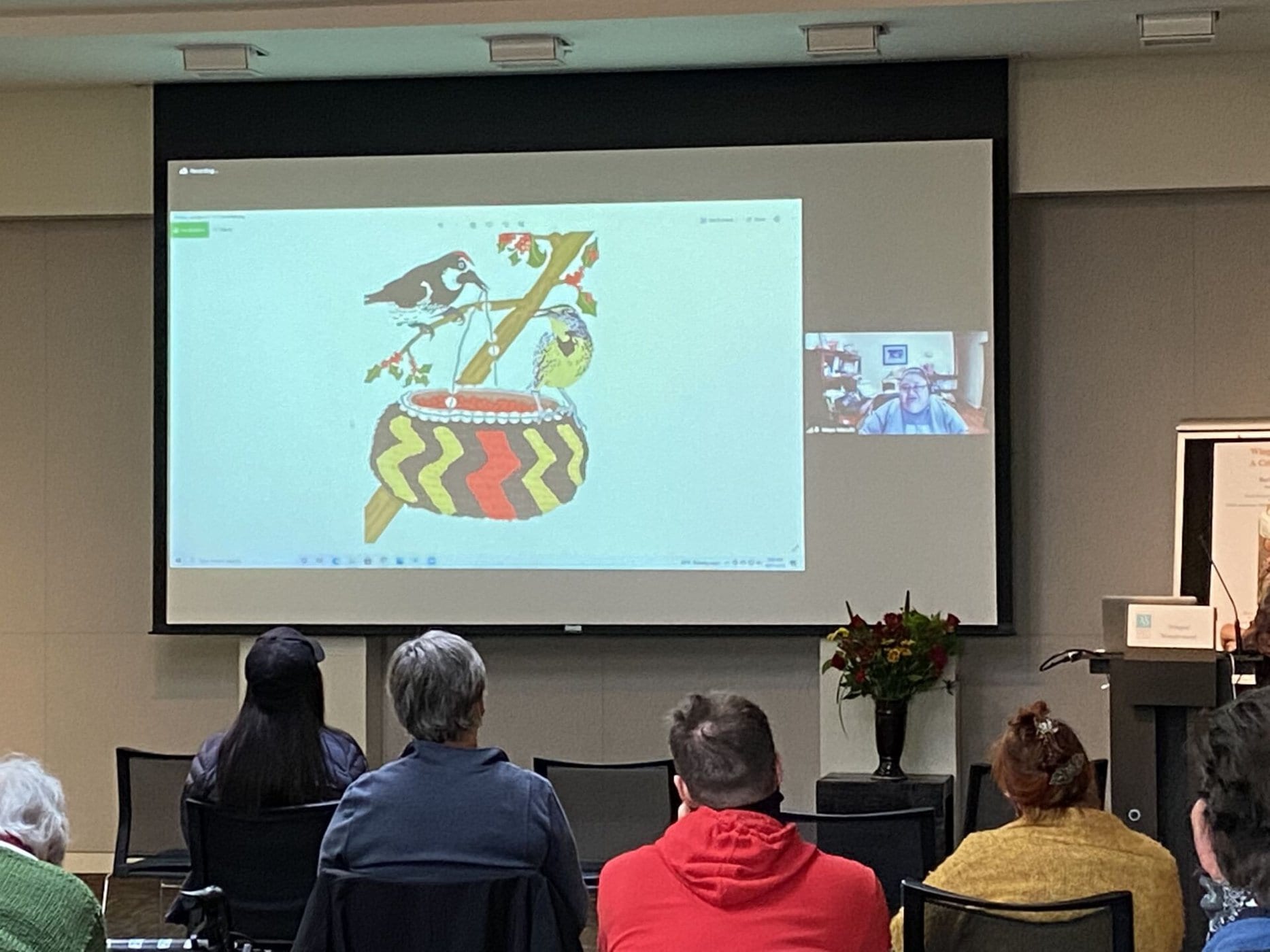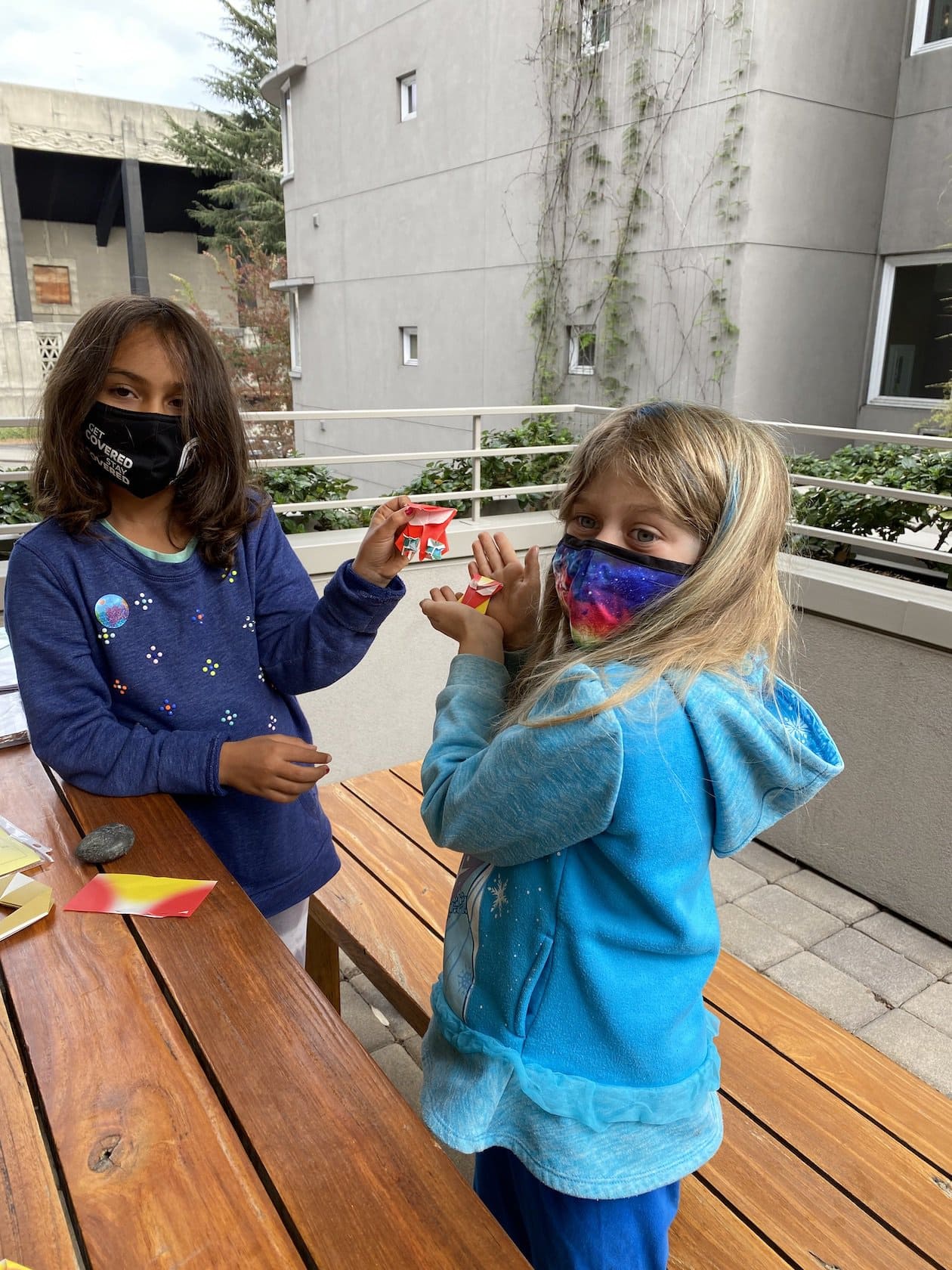Honoring the Berkeley Bird Festival
By Ryan Nakano
Just over three week ago, Golden Gate Bird Alliance, in partnership with the California Institute of Community, Art and Nature, held the inaugural Berkeley Bird Festival, which I’m delighted to say was a great success.
Of course, success is subjective and dependent upon how we measure it. Since the festival ended, I’ve had more time to reflect on what exactly we were trying to accomplish. After several conversations with key organizers and participants I realized the festival’s success boiled down to its ability to answer a central question; how do we recognize birds?
In the context of birding, this is often a question about identification. In the context of the festival, recognition was more akin to honor. How do we honor birds? In what ways do we choose to acknowledge them for the beautiful creatures they are?

On the Saturday before the festival, our very own Clay Anderson, Director of Eco-Education, spent seven hours on the hard concrete semi-circle in front of the Museum of Vertebrate Zoology (MVZ) at UC Berkeley. The next morning, he spent two more hours completing his chalk art masterpiece of a giant Peregrine Falcon, honoring the world’s fastest bird, and more specifically, the falcons known as Annie and Grinnell that nest on top of UC Berkeley’s historic Campanile.
Throughout the day others followed suit and took part in the practice of chalking out their favorite birds, not only outside of the MVZ, where a collection of bird specimens were on display, but also on the walkway near Li Ka Shing Center and at the entrance of Gather Kitchen Bar and Market.

Meanwhile, seven out of nine field trip groups set out in the early morning with scopes and binoculars to honor the diverse birdlife in Berkeley through the practice of birdwatching.
With over 200 people in total registered for these trips, each field trip filled to capacity and were generally well received by those in attendance.
“It was a really fun morning. I don’t think this trip was geared towards kids but the guy leading it was awesome and the group was really welcoming to both my 7 and 10 year old,” attendee Erik Dreher said of the UC Botanical Garden trip. “I remember we saw some rowdy flickers, a couple warblers and some sapsuckers.”
Catching an impromptu bird tour led by Golden Gate Bird Alliance Executive Director Glenn Phillips, I witnessed the way people chose to engage in conversation and remain curious about even the most common birds in the area. The act of learning a name and asking questions, were these not also ways to honor these winged wonderments?
By the mid to late afternoon, the last two field trips at Live Oak Park and Cesar Chavez Park were underway and down at the David Brower Center, our friends at California Institute of Community, Art and Nature were emceeing a free four hour marathon of “writers, poets, scientists, teachers, artists and others sharing bird stories, poems, songs, lore, art, history and whimsy”.

The Winged Wonderment program included 16 different presentations/performances beginning with an exploration into field recordings with Nature Sounds Society’s Dan Dugan and Sharon Perry and ending with author and artist Obi Kaufmann telling the story of how he became a painter of birds.
Outside the second floor Tamalpais Room, groups of friends and strangers shared space, painting birds with watercolor, folding cranes and making pine cone feeders.

Home educator and festival attendee Mahvash Fahd, along with her husband and two kids, aged 7 and 14, participated in all three outdoor activities. Finding out about the festival via a What’s App group for home educators, Fahd was immediately drawn to the opportunity due to her Muslim faith.
“In my faith birds are God’s chosen creatures. If you die for a good cause, a certain type of disease, or as a martyr, according to Islam your soul will be turned into a green bird and fly directly to the soul of God,” Fahd said. “Last year because of the pandemic we kept chickens and after watching them I realized just how selfless they were laying eggs each day and it made sense to me why they are chosen’. That’s why when I heard about the Berkeley Bird Festival I thought, ‘I have to go.”
As a beginner birder, and I mean BEGINNER, I can’t speak on strategies for identification. However, after attending the Berkeley Bird Festival and playing a part in its development, I can tell you about the many ways we choose to recognize (honor) birds.
We make them the subjects of our art. We go out in nature and work to remember their names, study their behaviors, and distinguish them from one another. We write them into our books. We perform poetry, sing songs and pass on our knowledge of their existence. For some, this recognition is spiritual in nature, we see them as chosen and treat them as such. Through the work of organizations like the Golden Gate Bird Alliance, we honor them by taking action, working to protect their often fragile existence and threatened habitats.
As the day wound down and events started to wrap up, I found myself not only inspired by birds but by all the people who chose to honor them each in their own way. From the attendees to the organizers and volunteers, everyone showed up to answer the question; how do we recognize birds?
The Berkeley Bird Festival was made possible by the financial support of the UC Berkeley Chancellor’s Community Partnership Fund, and the following partners: the UC Berkeley Botanical Garden, the UC Berkeley Museum of Vertebrate Zoology, Cal Falcons, David Brower Center, Bay Nature, and Berkeleyside.
Ryan Nakano is the current Golden Gate Bird Alliance Communications Director

